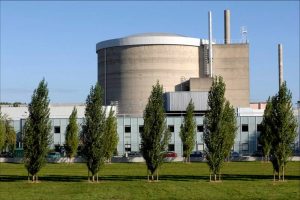P. Bourges et Y. Sidis IRAMIS/LLB
LLB researchers have published several papers in 2008 in the prestigious journal Science [1-2] and Nature [3]. These results show the full potential of the neutron diffraction techniques at the forefront of research on new materials.
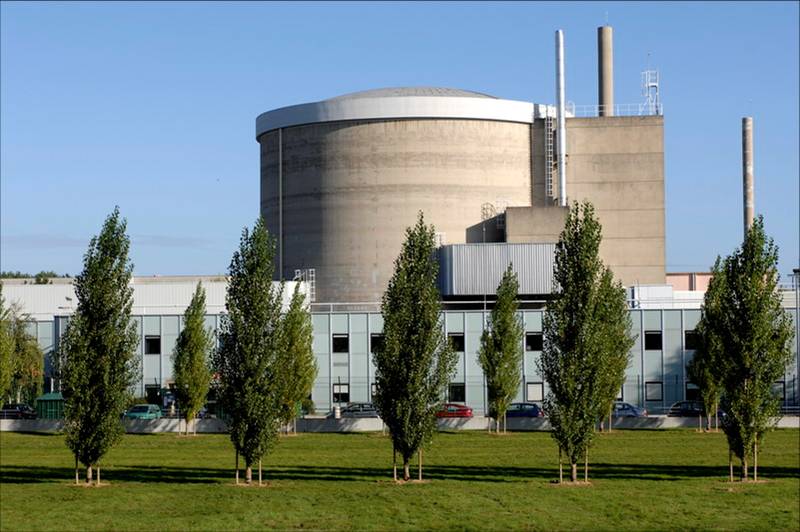
In collaboration with the team of B. Toudic of Institut de Physique de Rennes.
The first result is the latest in a long series ([1, 4-6]) on the system model: alkane molecules – single crystal of urea. A single crystal of urea present plans crystalline hexagonal array with a compact and channels depending on the direction of the C axis perpendicular to those plans. The molecules fit into these channels and have a length according to their incommensurability with crystal array. However, it is possible to observe an orderly structure of the type aperiodic than quasicrystals.
The phase diagram of the system is much more complex than those of usual crystals described by a simple repetitive cell at 3 dimensions. Depending on the length of the alkane molecules and on temperature, stable aperiodic phases are evidenced. Their study led to a succession of remarkable results over the past five years, the latest being the identification of a transition between two distinct incommensurable phases. The indexing of the diffraction peaks of these phases along the C axis needs 2 indices, in the form a + bα (where α is the length ratio of the 2 unit cells, i.e. the incommensurability ratio, and (a, b) one couple of integers). Thus, the description of these phases requires the use of 4 indices, i.e. a description in a 4-dimensional space. The phase transition observed demonstrates for the first time the possibility of a transition phase involving the supernumerary dimension.
Fig.: Scheme of the incommensurable structure of alkane molecules (carbon chain) along the C axis of an urea single crystal.
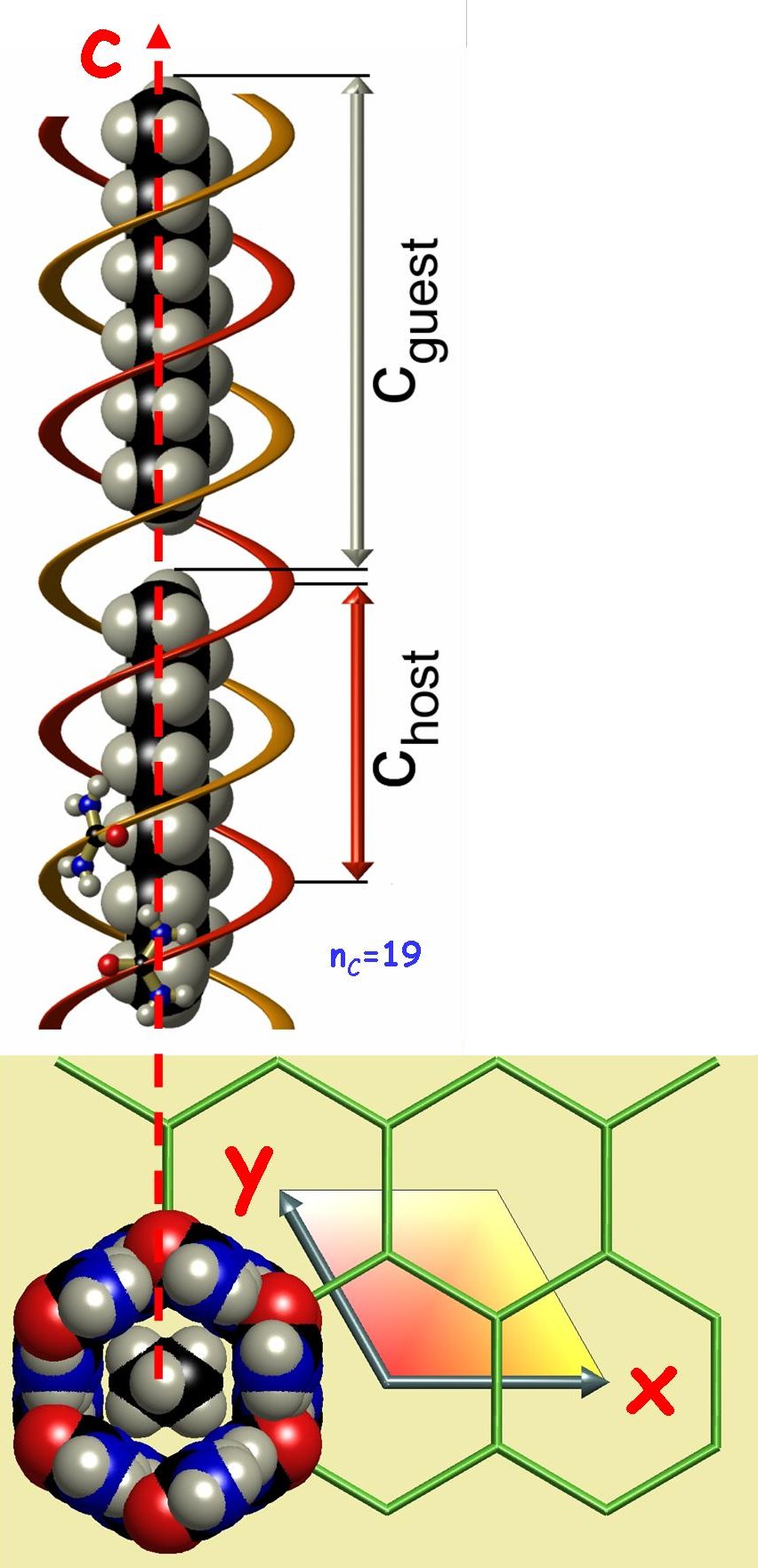
Other papers report on the study of the electronic and magnetic structure of high Tc superconductors YBaCuO6+x [2], published in Science, and HgBa2CuO4+δ [3], published in Nature.
Collaboration with the team of B. Keimer du Max Planck Institute de Stuttgart, Germany.
The superconducting state at high temperature of these oxides remains one of the great enigmas of the contemporary solid state physics, opened in 1987 by the discovery of superconductivity at a temperature above 35 K. In 2006, the same team had already published a remarkable result showing, by neutron diffraction experiments, the presence of a polarized magnetic state that is precursor of the pseudo-gap phase [7]. This discovery is certainly one of the keys to understand the phase diagram of these extraordinary materials and hence the exact nature of the superconducting phase at high temperatures. It should be noticed that the polarized neutron diffraction is the only method able to reveal this magnetic state.
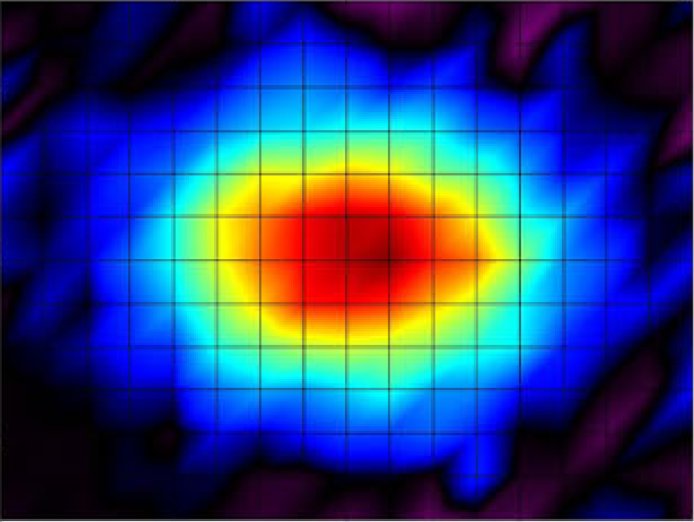
The first published results [2] reports on the extensive study of the oxygen-rich part of the phase diagram YBa2Cu3O6.45. It is noted here on a crystalline sample of high quality (without twins) the emergence of a spatial order in the electronic structure. Without specific orientation at high temperature, this structure shows a spin order within oriented domains (nematic structure like in a liquid crystal) below the critical temperature of 150 K, well above the critical temperature of superconductivity.
Collaboration with the team of M. Greven de Stanford University, USA.
The last results, published in Nature [3], extend the advance of 2006 [7] in exploring further the hypothesis that the interaction at the origin of the electron coupling is magnetic (instead of a coupling with the lattice via the phonons in the case of conventional superconductivity). Already confirmed in YBa2Cu3O6+x (0.55 ≤ x ≤ 0.75) [7, 8], the observation of magnetic order in HgBa2CuO4+δ suggests that the phenomenon is general for all cuprates (with bilayers or single layer CuO2 plans). This magnetic order could be associated with orbital moments induced by nano-loops of electronic current within the copper-oxygen plans [9].
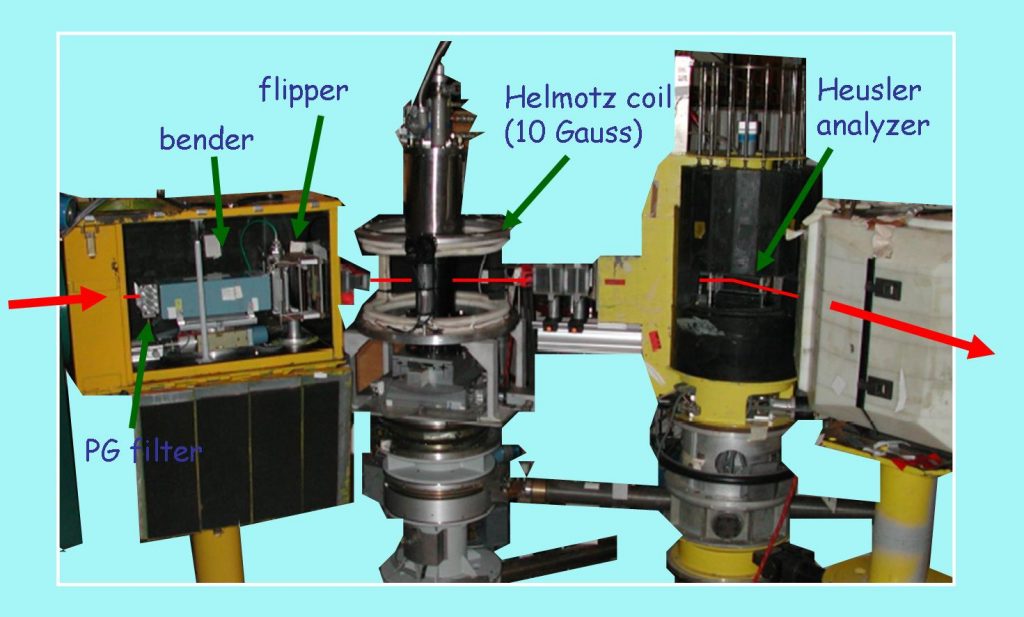
References:
|
|
[1] Hidden degrees of freedom in aperiodic materials B. Toudic, P. Garcia, C. Odin, P. Rabiller, C. Ecolivet, E. Collet, P. Bourges, G.J. McIntyre, M.D. Hollingsworth, T. Breczewski, Science Report 319 (2008) 69. et l’article associé : A Phase Transition Hidden in Higher Dimensions P. Coppens, Science 319 (2008) 41. |
| [2] Electronic Liquid Crystal State in the High-Temperature Superconductor YBa2Cu3O6.45, V. Hinkov, D. Haug, B. Fauqué, P. Bourges, Y. Sidis, A. Ivanov, C. Bernhard, C. T. Lin, B. Keimer, Science, 319 (2008) 5863. | |
|
|
[3] Unusual magnetic order in the pseudogap region of the superconductor HgBa2CuO4+δ Y. Li, V. Balédent, N. Barisic, Y. Cho, B. Fauqué, Y. Sidis, G. Yu, X. Zhao, P. Bourges, M. Greven Nature 455 (2008) 372 – 375 |
Other references:
[4] Pressure-induced lock-in in an aperiodic nanoporous crystal
B. Toudic, F. Aubert, C. Ecolivet, P. Bourges, and T. Breczewski
Phys. Rev. Lett. 96, 145503 (2006)
[5] Interactions in Self-Organized Nanoporous Organic Crystals
L. Bourgeois, B. Toudic, C. Ecolivet, J.-C. Ameline, P. Bourges, F. Guillaume, and T. Breczewski
Phys. Rev. Lett. 93, 026101 (2004)
[6] First one-dimensional stress-strain experiments inside an aperiodic inclusion compound: Evidence of depinning effects,
L. Bourgeois, C. Ecolivet, B. Toudic, P. Bourges, and T. Breczewski,
Phys. Rev. Lett. 91, 025504 (2003)
[7] Iramis highlight: Ordre magnétique dans la phase pseudo-gap des supra à haut Tc,
Magnetic order in the pseudogap phase of high-TC superconductors
B. Fauqué, Y. Sidis, V. Hinkov, S. Pailhès, C.T. Lin, X. Chaud and P. Bourges,
Physical Review Letters, 96 (2006) 197001.
[8] Observation of magnetic order in a superconducting YBa2Cu3O6.6 single crystal using polarized neutron scattering,
H. A. Mook, Y. Sidis, B. Fauqué, V. Balédent, and P. Bourges
Phys. Rev. B 78 (2008) 020506.
[9] Theory of the pseudogap state of the cuprates,
C. Varma, Phys. Rev. B, 73 (2006) 155113.


